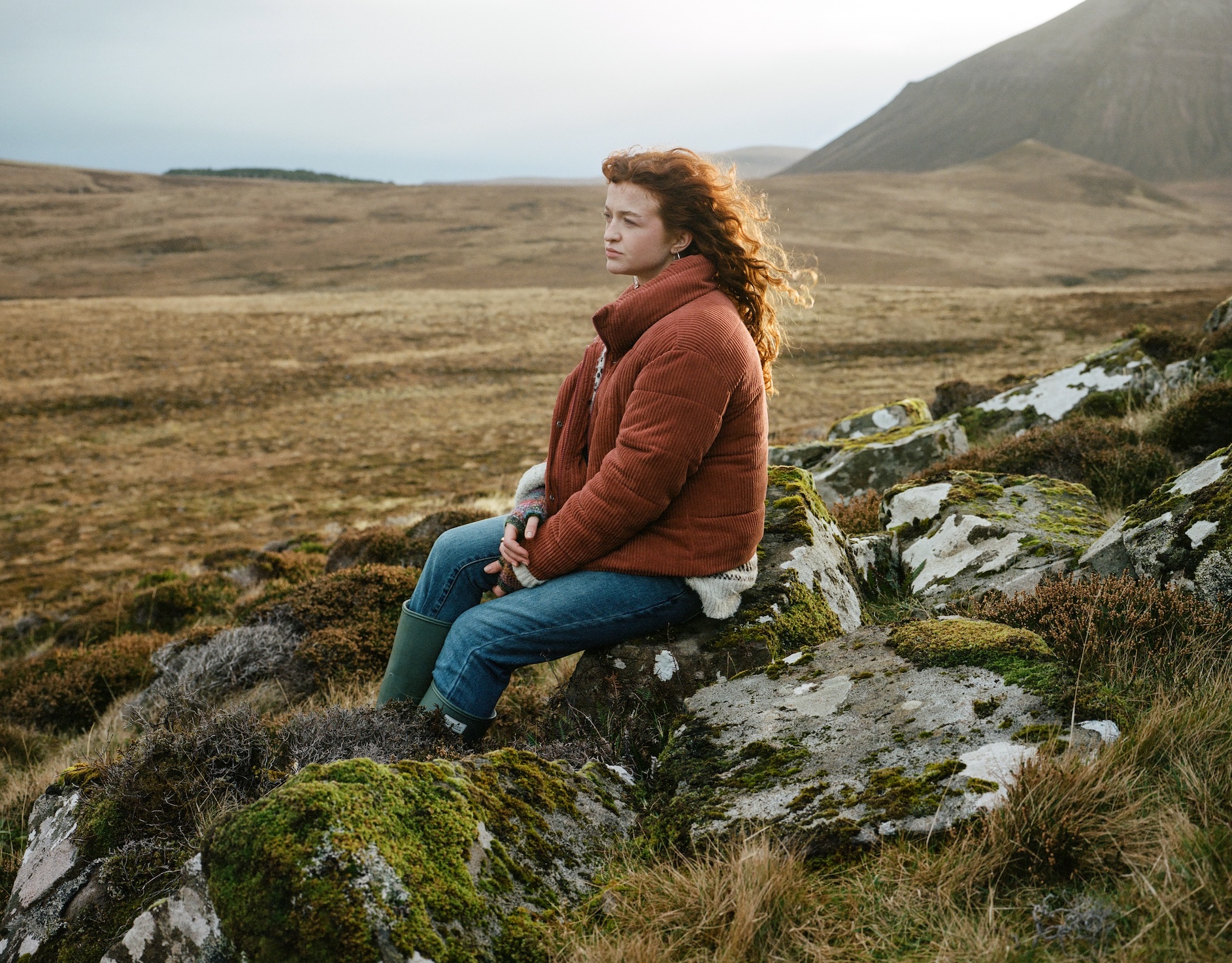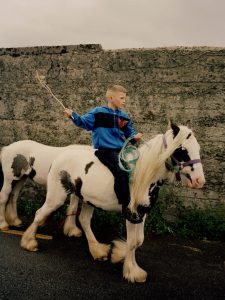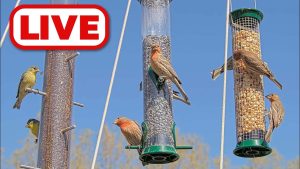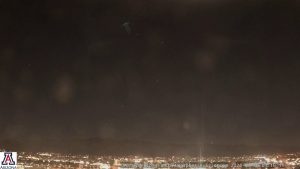
“What came up from the very first conversations was everyone talking about climate, and the fact that it’s really affecting their decisions of where they’re going to live,” Coates says of the origins of the work, now on display at Baltic Centre for Contemporary Art, where she is the 2024 recipient of the Vasseur Baltic Artists’ Award. She explains how young people on low incomes regularly reported being unable to afford decent housing.
Increasingly priced out by holidaymakers and second-home owners, many felt forced to consider renting homes at risk of climate- induced flooding. Coates’ work sits at the intersection of these issues, asking what perceptions of rural areas as ‘idyllic’ or ‘remote’ actually mean for the young people who live there. Who can still afford to make countryside communities their home? What does it mean to leave a place in which generations of your family have lived and worked? And what happens when one community is forced to pay the price of another richer community’s indifference towards the climate crisis?
Coates does not claim to have definitive answers to any of these questions, but she is passionate about what she has learned through Middle of Somewhere. “We’re at a teetering point, where if this keeps happening in rural areas – the second homes, the lack of social housing – it will mean that those communities, those ways of life, just won’t exist anymore,” she says. It is a haunting sentiment, and one sometimes echoed in her images.
Middle of Somewhere’s landscapes are rolling, endless, mist-covered and, to the uninitiated, not always welcoming. The hills and cliffs can appear foreboding, the shorelines desolate, and the homes isolated. And yet, somehow, a sense of warmth permeates Coates’ images. A simple stone road sign reading ‘TA-RA’ evokes a friendly community, while a young woman staring out past the skyline hints at the bond between these communities and the land.
“When you talk about that connection it can often be seen as quite romantic, like you’re rooted in the land, really tied to it,” the photographer explains. “The people I talk to, they genuinely feel pain about being forced to leave those spaces; there’s a pain that comes from no longer having that as part of your identity.”




